In my twenty-five years of gallivanting around the globe, from the bustling streets of Hoi An, Vietnam, to the serene beauty of Lucca, Tuscany, I’ve seen it all. Or so I thought. As someone who thrives on the opulent and the luxurious, I’ve found myself in a whirlwind of adventure, seeking out the rare, the unique, and the extraordinary. However, in recent years, I’ve noticed a shift, a kind of uniformity that’s been creeping into every corner of the world I adore. Let me tell you, it’s both bewildering and, dare I say, a tad disappointing.
I live in Koh Samui, Thailand, a place where the whispers of the sea meet the laughter of the locals. It’s my slice of paradise. But even here, the same global brands have started to take root—Uniqlo, ZARA, H&M, Gucci, Prada, and even Rolex. These names follow me everywhere, from Bangkok to Kuala Lumpur, like persistent admirers I can’t shake off. It’s as if the whole world has decided to wear the same outfit to the party, and frankly, it’s a party I’m starting to find a little bland.
Fast Fashion Brands
This homogenization isn’t just about fashion brands. Even the supermarkets—Tesco, Makro, TOPS, Big C, and the omnipresent 7-Eleven—mirror each other no matter where I go. It’s the “Same Same but different” mantra here in Asia, but with a twist that leaves a bittersweet taste. The charm of discovery, of stumbling upon something unique and culturally rich, is fading, replaced by the familiarity of global chains. It’s a world taken over by investors whose eyes gleam not with the beauty of artisanal craftsmanship but with the cold, hard sparkle of profit.
And yet, as I stroll through these clone-like shopping centres, I can’t help but chuckle at the irony. Here I am, a self-proclaimed connoisseur of the finer things in life, mourning the loss of uniqueness in a world dressed in designer labels. It’s a comedy of errors, a tale as old as time, but with a modern twist.
But it’s not just about the shopping. The world has gotten louder, busier, and, dare I say, a tad more obnoxious. On a Thai beach, attempting to commune with the ocean’s whispers, I’m bombarded with the incessant noise of iPhone reels, TikTok dances, and the pursuit of the perfect social media image. The tranquillity I seek is often obscured by a parade of G-strings and the relentless pursuit of ‘likes’. Travelers, buoyed by the ease of low-cost airlines, often forget the art of respectful dressing, turning sacred sites into scenes straight out of a beach party.

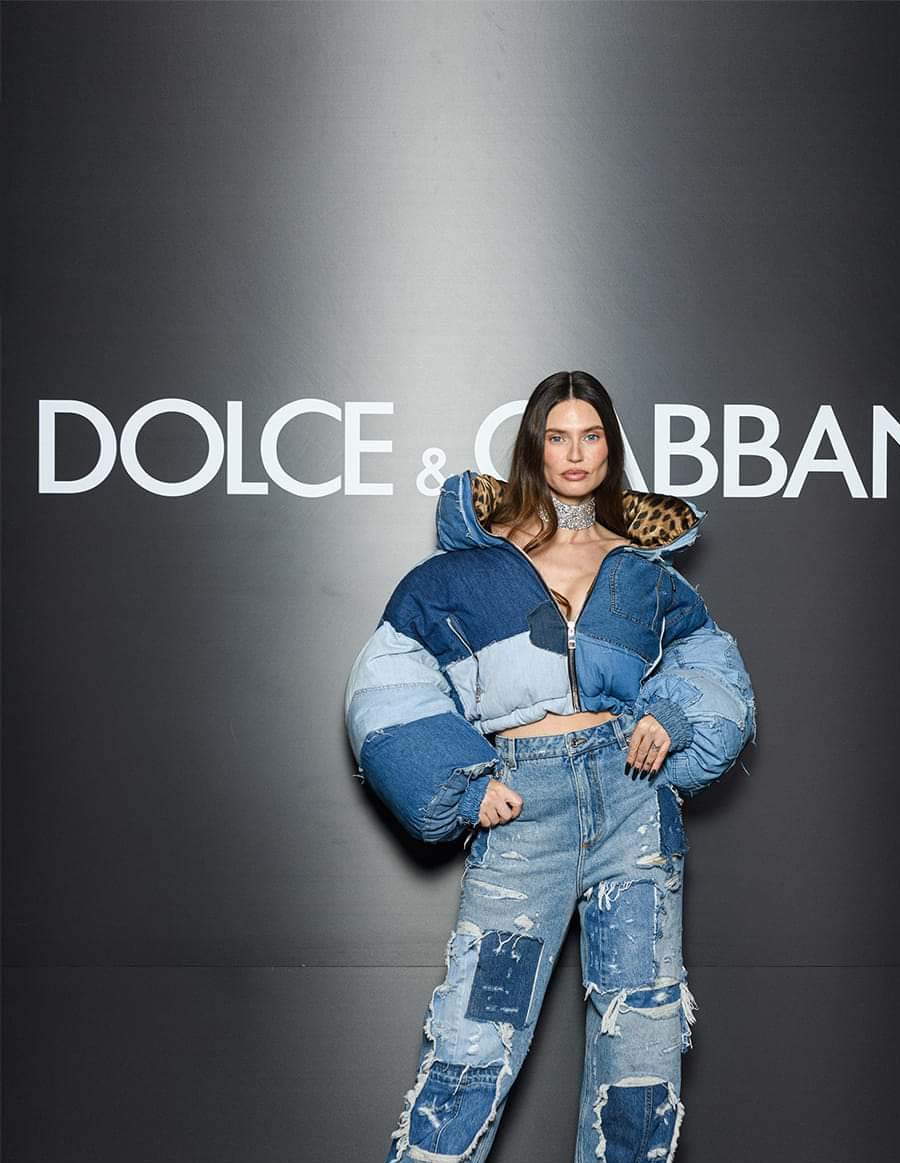
Lack Of Empathy
Living in a condo, I’ve encountered neighbors who seem to have forgotten the meaning of community. The splash of early morning pool dives, the disregard for condo rules, and the midnight burn-offs that fill the air with smoke remind me daily that consideration is an art form lost on many. This lack of empathy isn’t confined to my immediate surroundings; it’s a global epidemic, one that’s spread faster than the latest fashion trend.
Navigating life in my little slice of paradise here in Thailand, I’ve encountered a troubling phenomenon that starkly contrasts with the opulent lifestyle I adore. It’s a tale of two worlds colliding, of Western condo owners and the hardworking Thai staff who maintain the heartbeat of our community. The journey has been eye-opening, to say the least, revealing not just the disparities in living standards, but also a glaring lack of empathy and understanding.
When I first became a condo owner, the living conditions of the staff moved me to tears. It was a harsh reality check, a stark reminder of the privilege my lifestyle affords me, and the struggles faced by those who serve our community. I found myself embroiled in a constant battle, not just against the physical conditions, but against an attitude of indifference that seemed to permeate the air.
Reminding my fellow owners of basic manners became a daily ritual. I became the voice of zero tolerance for non-payment, standing firm in the belief that everyone, regardless of their role or background, deserves respect and dignity. Yet, it felt like an uphill battle, a struggle against a tide of selfishness where the concept of community and collective caring had been washed away.
The absence of empathy wasn’t limited to interactions within the condo. It mirrored a larger, more pervasive issue that resonates globally. We live in a world where the measure of a person’s worth often seems tied to the brands they wear, the lifestyle they showcase on social media. The pursuit of looking rich, of emulating the Kardashian-esque ideal of wealth and luxury, has become an obsession, blinding many to the realities of their financial situations and the lives of those around them.
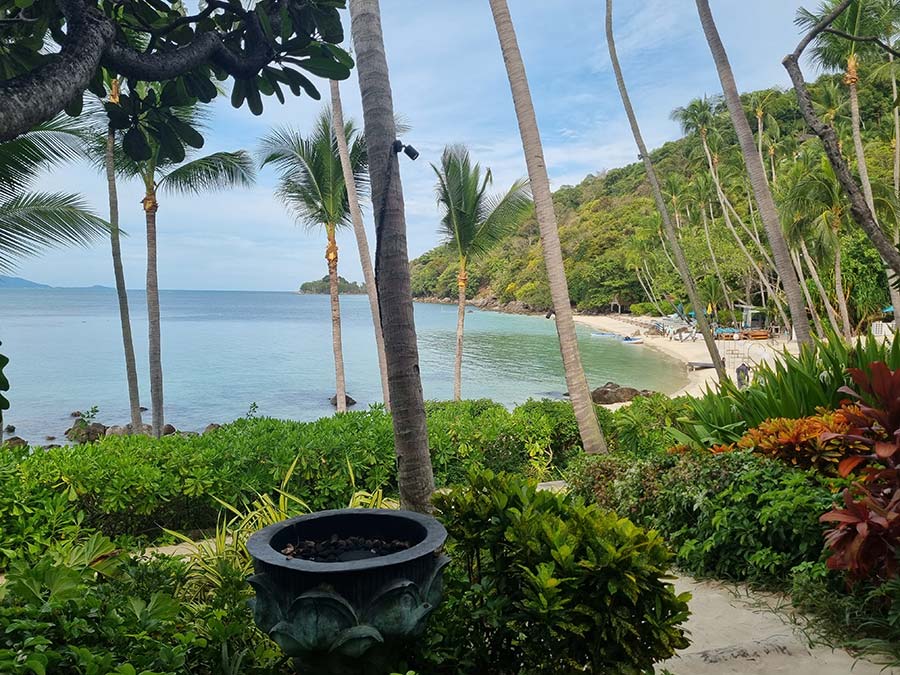
Secluded Locations
The quest for a secluded oasis, a place untouched by the clamor of mass tourism and the shadow of COVID-19, feels more like a fool’s errand with each passing day. The world, in its rush to connect and expand, has forgotten the value of silence, of peace, and of genuine connection.
Yet, amid this cacophony of sameness, I find glimmers of hope. The emergence of initiatives aimed at preserving cultural uniqueness, the small artisan shops tucked away in the nooks and crannies of bustling cities, and the communities striving to maintain their heritage against the tide of globalization. These are the beacons that guide me, the reminders that, even in a world that seems increasingly uniform, there are still pockets of diversity and beauty to be found. Hotels like The Four Seasons now starting Super Yacht hotels is a stark reminder how the world of exclusive travel is in high demand.
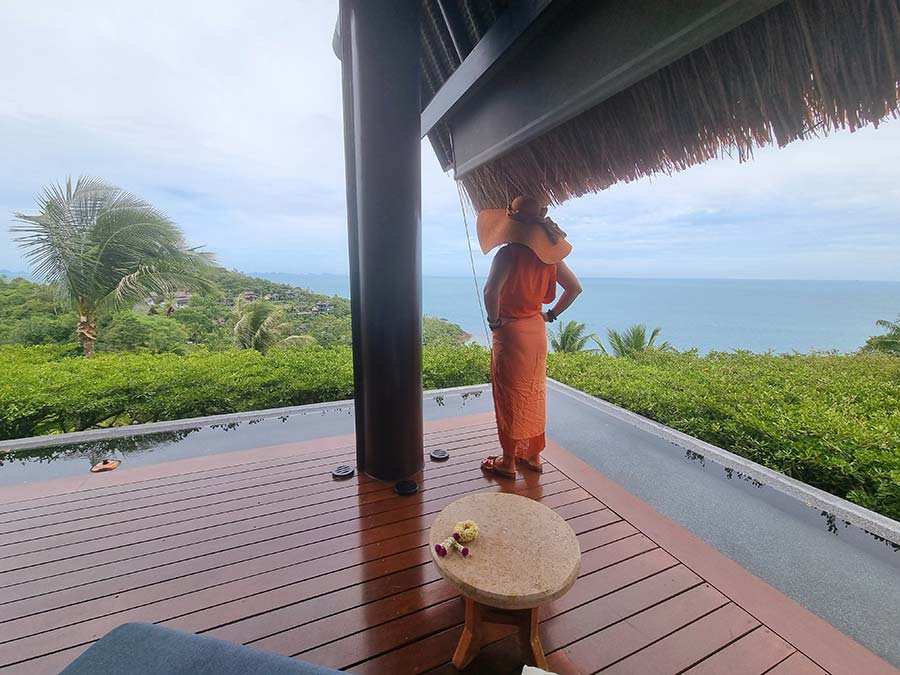
Same Same But Different
So, here I am, navigating this ‘Same Same but different’ world with a mix of frustration, amusement, and undying curiosity. The journey isn’t always smooth—sometimes it’s sprinkled with a bit too much glitter, sometimes it’s a tad too loud. But it’s my journey, a tale of opulent adventures and the search for the unique in a world dressed in the familiar. And through it all, I remain steadfast in my belief that, somewhere out there, there’s still a place where the whispers of the past mingle with the laughter of the present, a place waiting to be discovered by those willing to look beyond the brand names and the global chains.
Laos
The allure of Luang Prabang captured my heart for reasons that extend far beyond its serene landscapes and tranquil waters. It was a haven untouched by the relentless march of globalization, a place where authenticity wasn’t just a marketing buzzword but a way of life. Here, amidst the lush greenery and the gentle flow of the Mekong, I discovered a world that thrived on uniqueness, on the genuine and the handmade. It was a stark contrast to the homogenized cities where the same brands and trends replicated themselves like a never-ending echo.
In Luang Prabang, local coffee makers brewed magic in a cup, each sip telling a story of tradition and passion. Artisans crafted beauty with their hands, their workshops a testament to the skill and heritage passed down through generations. Handwoven shops displayed textiles that were not just fabric but a tapestry of cultural identity and pride. This was a place where the saturation of counterfeit luxury— the Louis Vuittons and Hermès of the world—hadn’t yet tainted the market. The authenticity was palpable, refreshing in its rarity.
The culinary experience in Luang Prabang was another chapter of its charm. The food was distinct, a celebration of flavors that spoke of the land and its people. Dining wasn’t just an act of eating; it was an immersion into a culture that revered the act of serving and caring. The absence of karaoke bars and the hush over the streets, free from the rage of motorbikes and cars, added to the allure, creating a sanctuary of peace.
Yet, beneath this idyllic facade, I sensed the shadows of change. The encroaching influence of external forces threatened to weave their way into the fabric of this rare place. The specter of mass tourism, driven by agendas far removed from preserving the uniqueness of Luang Prabang, loomed large. The rise of 5-star boutique hotels with their familiar decor was a harbinger of a world where interior design has succumbed to a monotonous standardization. Ikea, with its global footprint, epitomizes this trend, leading the charge towards a world where individuality in design is increasingly hard to find.
It’s a poignant reminder of the fragile beauty that places like Luang Prabang hold. The charm of such destinations lies in their departure from the ubiquitous, in their resistance to the homogenization that plagues so many of our experiences today. Yet, as these unique locales become enveloped by the same forces that render the world uniform, one can’t help but mourn the loss of their distinctiveness.
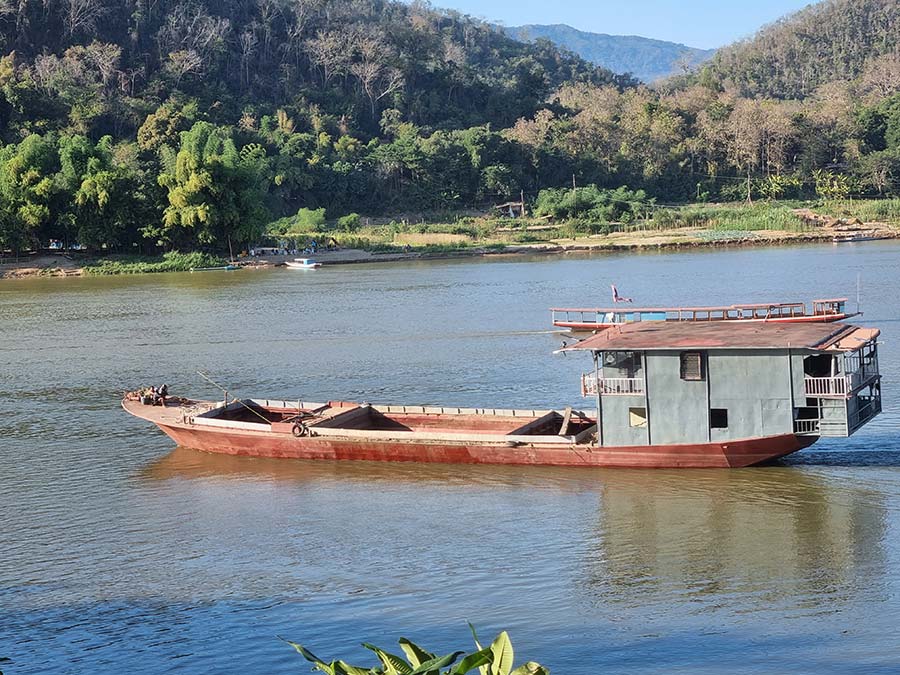
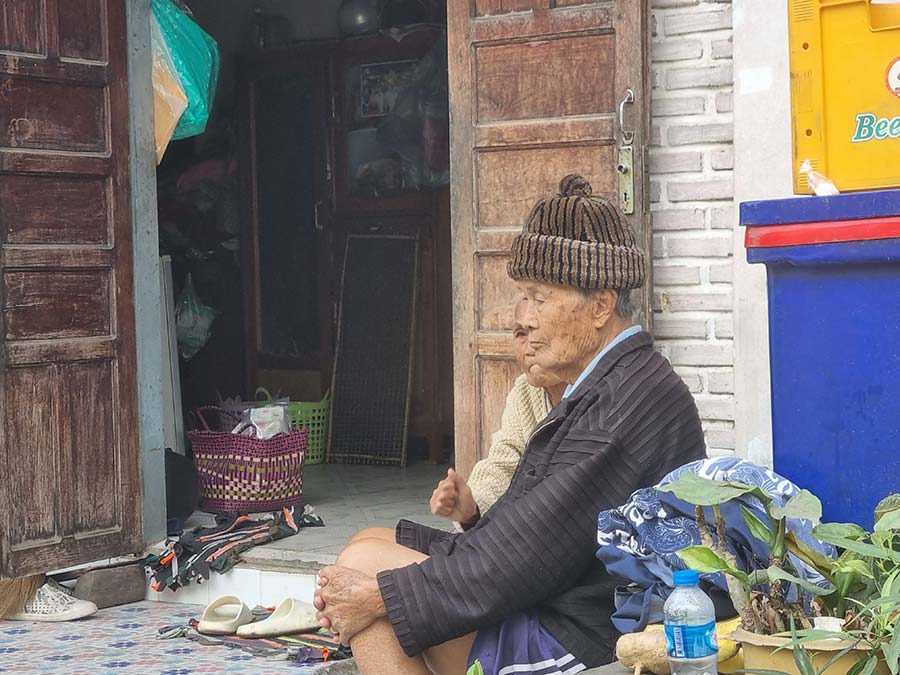
Rarities Of The World
The challenge, then, is to cherish and preserve these rarities of the world. It’s about supporting local artisans, coffee makers, and small businesses that are the heartbeat of places like Luang Prabang. It’s about choosing authenticity over convenience, quality over quantity, and experiences that enrich rather than dilute the essence of a place. As the world becomes increasingly the same, the true luxury lies in discovering and protecting the unique. It’s a call to action for those of us who yearn for a world that celebrates diversity in all its forms, from the coffee we drink to the cushions we sit on. In preserving the uniqueness of places like Luang Prabang, we hold onto the hope that not everything in our world has to succumb to the sameness that threatens to engulf us.
I will continue my journey to find a place full of community, less fast fashion, and quietness.

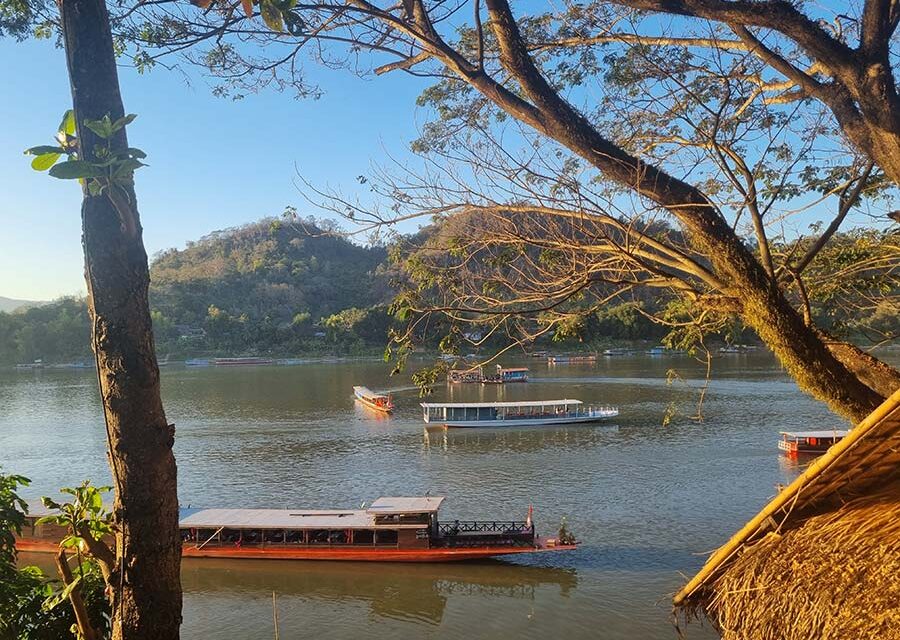


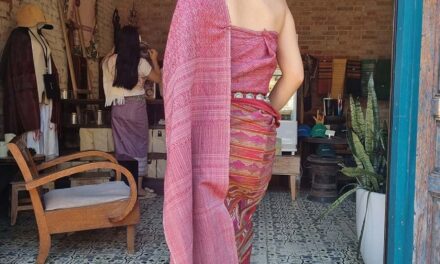











You must be logged in to post a comment.